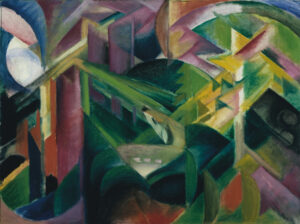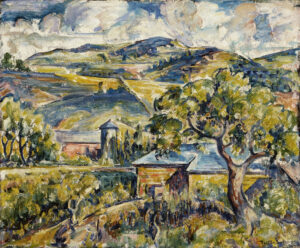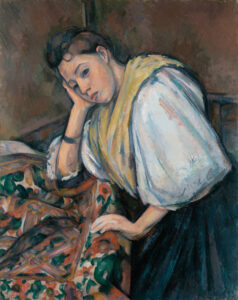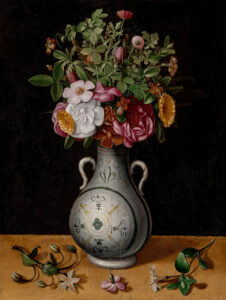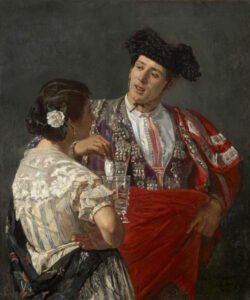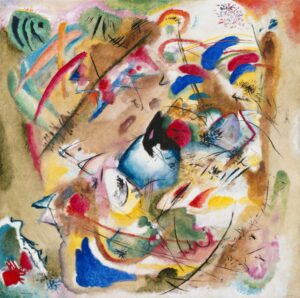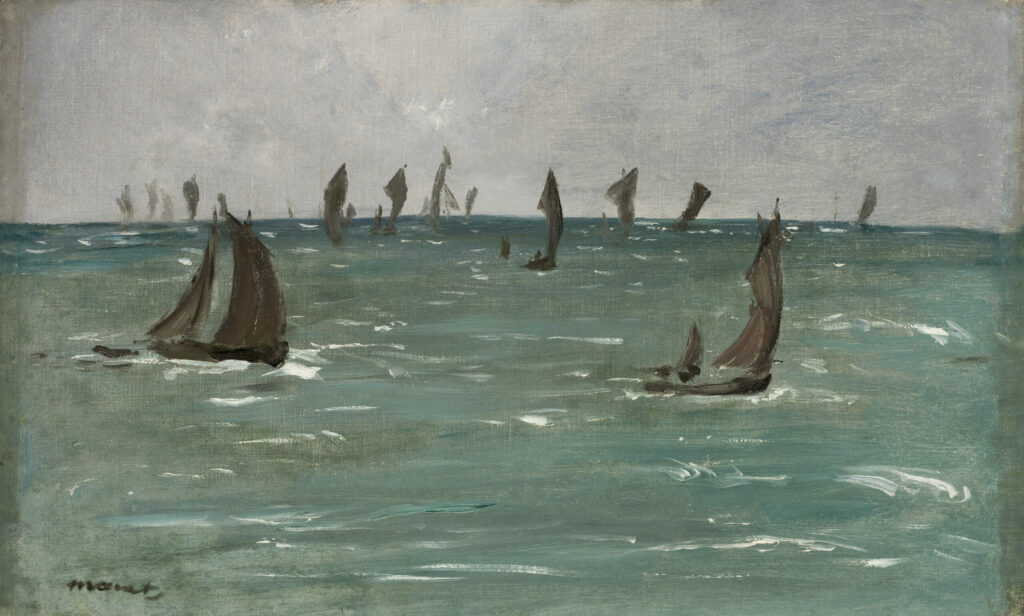
This small-scale work reveals Manet’s technical mastery in marine representation. Painted during his stay in Berck-sur-Mer, it testifies to his constant fascination with the sea, nurtured since his childhood spent on the coast and his maritime voyage to Rio de Janeiro at sixteen.
The artist deploys a rapid and confident technique, masterfully capturing the perpetual movement of sailboats dancing on the waves. The palette dominated by blue-greens of the water contrasts harmoniously with the brown sails of the fishing boats. White touches, applied with spontaneity, suggest foam and light reflecting on the waves. The composition reveals a subtle innovation: the slightly curved horizon creates an impression of infinite space despite the painting’s reduced format. This curvature amplifies the sensation of marine immensity and testifies to Manet’s audacity. The whole emanates an atmosphere of perpetual movement, where each sailboat seems to vibrate.
Further information
- Boats at Berck-sur-Mer, by Édouard Manet, 1873
- 34 x 55.8 cm (13 3/8 x 21 15/16 in.)
- The Cleveland Museum of Art, not on view
- https://www.clevelandart.org/art/1940.534
Édouard Manet (1832-1883) embodies the transition between academic art and pictorial modernity. Born into a Parisian bourgeois family, he abandoned his naval ambitions after failing the entrance exam for the Naval Academy. Trained in Thomas Couture’s studio, he assimilated a free technique favoring sketch-like effects. Manet overturned conventions with scandalous works such as “Luncheon on the Grass” (1863) and “Olympia” (1865). Although a friend of the Impressionists and progressively adopting their light palette, he refused to join them in their independent exhibitions, preferring to conquer official recognition at the Salon. A precursor of modern art, he would only achieve fame after his death.

